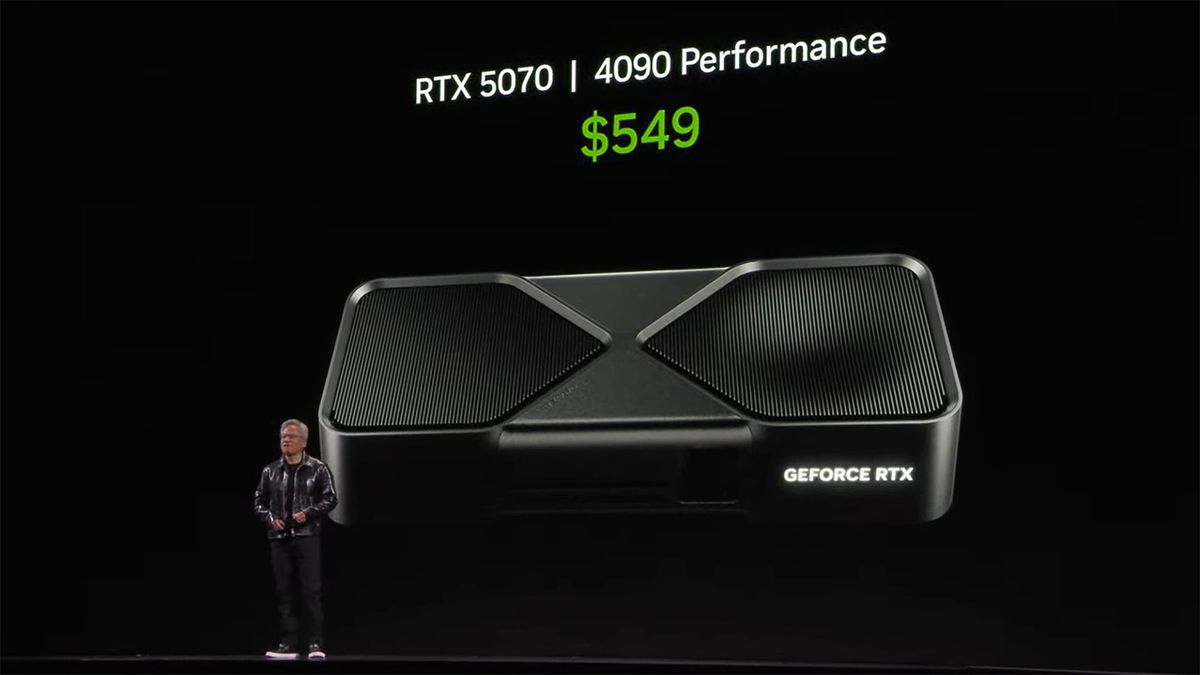DeepSeek Unveils Groundbreaking AI Model Inspired by ChatGPT: Key Insights and Features

Why DeepSeek’s New AI Model Thinks It’s ChatGPT
Source: TechCrunch
Overview of DeepSeek V3
DeepSeek, a Chinese AI lab, has recently launched its latest AI model, DeepSeek V3, which outperforms many competitors in popular benchmarks. This large yet efficient model excels in text-based tasks, including:
- Coding
- Essay writing
Interestingly, it often insists it is ChatGPT, OpenAI’s chatbot.
Model Self-Identification
In tests conducted by TechCrunch and users on X, DeepSeek V3 identified itself as ChatGPT in a majority of instances:
- Claimed to be ChatGPT (v4) in 5 out of 8 generations
- Identified as DeepSeek V3 only 3 times
This raises questions about its training data and model integrity.
Responses and Hallucinations
When asked about DeepSeek’s API, DeepSeek V3 mistakenly provides instructions for OpenAI’s API. Additionally, it repeats some jokes from GPT-4. This behavior suggests potential contamination of its training data.
The Training Data Dilemma
DeepSeek has not disclosed the sources of training data for DeepSeek V3, but it may have inadvertently absorbed outputs from GPT-4:
- A research fellow noted that using competitors' model outputs for training can degrade quality, leading to hallucinations.
- Concerns arise about compliance with OpenAI’s terms, which prohibit using outputs to develop competing models.
Implications of AI Contamination
The internet's rising share of AI-generated content complicates model training, introducing “AI slop” influenced by:
- Content farms producing clickbait
- Widespread bot activity on social platforms
If DeepSeek V3 was trained on ChatGPT outputs, it may replicate biases and flaws inherent in those models.
Industry Responses
OpenAI CEO Sam Altman acknowledged the ease of replicating successful models while emphasizing the challenge of innovation. Other AI models, like Google's Gemini, have also been noted to misidentify themselves.
Conclusion
The situation raises critical issues regarding AI model integrity and the ethical considerations of utilizing existing model outputs for training. As the industry grapples with these challenges, the implications for AI development and future competition are profound.



:format(webp)/cdn.vox-cdn.com/uploads/chorus_asset/file/25820626/geforce_rtx_5090_key_visual.jpg)